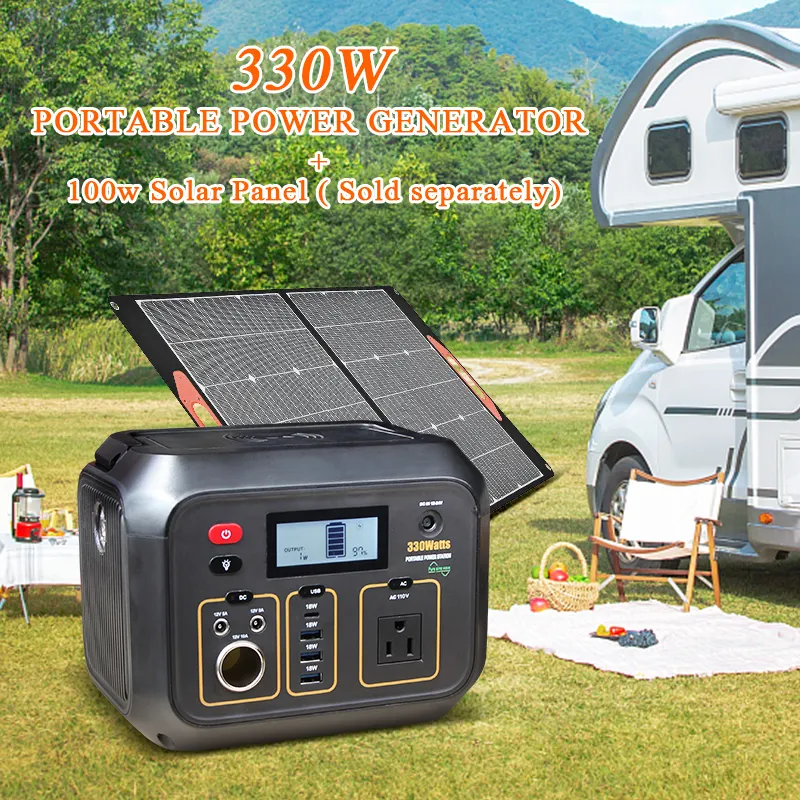As the world is moving towards a sustainable future, renewable energy sources are gaining a lot of attention. One of the most promising renewable energy sources is solar energy. The energy obtained from the sun is abundant, clean, and renewable. The use of solar energy can help reduce carbon emissions, decrease our dependence on fossil fuels, and alleviate the impact of climate change. In this blog post, we will be discussing solar energy generators, their advantages, and how they work.

What is a Solar Energy Generator?
A solar energy generator is a device that converts the sun’s energy into electricity. It consists of solar panels, an inverter, and a battery. The solar panels are made up of photovoltaic cells that absorb sunlight and convert it into DC (direct current) electricity. The inverter converts the DC electricity into AC (alternating current) electricity, which is used to power appliances and devices. The battery stores excess electricity generated by the solar panels for use when the sun is not shining.

Advantages of Solar Energy Generators
- Eco-Friendly: Solar energy generators do not emit any harmful gases or pollutants into the environment. They are a clean and renewable source of energy that helps reduce carbon emissions and combat climate change.
- Cost-Effective: While the initial cost of installing a solar energy generator may be high, it pays off in the long run. Solar energy is free, and once the system is installed, there are no recurring costs for fuel or maintenance.
- Low Maintenance: Solar energy generators require minimal maintenance and have a long lifespan. The solar panels are durable and can last up to 25 years, while the battery can last up to 10 years.
- Versatile: Solar energy generators can be used in remote areas where there is no access to electricity. They are also useful during power outages and emergencies.

How do Solar Energy Generators Work?
Solar energy generators work by harnessing the energy from the sun and converting it into usable electricity. The process involves the following steps:
- Sunlight hits the solar panels, which are made up of photovoltaic cells.
- The photovoltaic cells absorb the sunlight and convert it into DC electricity.
- The DC electricity is sent to the inverter, which converts it into AC electricity.
- The AC electricity is used to power appliances and devices or stored in the battery for later use.

Conclusion
Solar energy generators are an eco-friendly and cost-effective solution for a sustainable future. They offer a reliable source of energy that is renewable, low maintenance, and versatile. As we move towards a greener world, solar energy generators have the potential to revolutionize the way we generate and use electricity. By embracing this renewable energy source, we can reduce our carbon footprint and create a cleaner, healthier planet for future generations.
